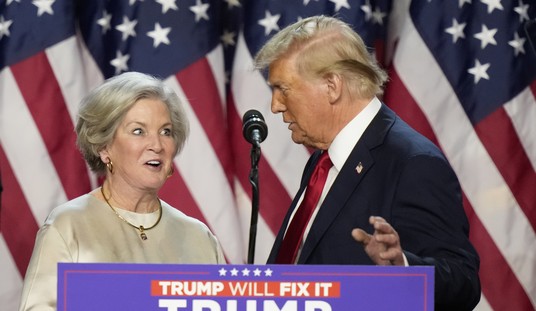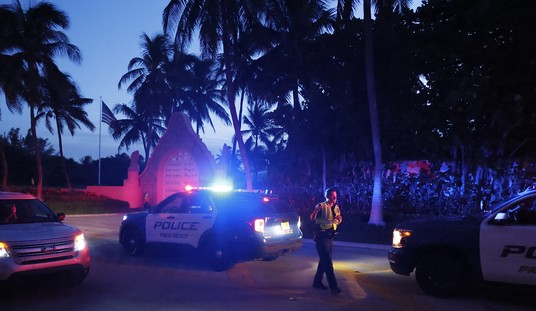Is the market in Hillary Clinton futures collapsing? Quite possibly so.
A year ago Clinton seemed likely to become the next president. Presumably she and her husband had not yet started to call themselves, Bush style, 42 and 45. But she had an overwhelming lead in the polls for the Democratic nomination and was getting 50 percent or more in most polls against possible Republican candidates in general election pairings.
Ratings of Clinton's performance as secretary of state were positive. She seemed poised to hold and add onto Barack Obama's 2008 and 2012 majorities.
Things look different now. Obama now gets negative marks on foreign policy, and some of the luster is off Clinton's record as well. With the Islamic State ravaging much of Iraq and Syria, the decision to withdraw all U.S. troops from Iraq looks dubious. With Vladimir Putin's Russia rampaging through much of Ukraine, Clinton's reset button looks ludicrous.
Most Americans may have been content with a foreign policy of "leading from behind." But as the world spins out of control, they don't like the results.
Recommended
And over the course of 2014, Clinton's favorability ratings have declined. Her memoir of her Cabinet service had a curiously defensive title -- "Hard Choices" -- and her book tour was something like the opposite of a ringing success. Sales were slim, and readership probably even slimmer. The prospect of a Clinton presidency may thrill a few aging feminists, but few others seem to find her very interesting.
There's plenty of bad news for Clinton in last month's Quinnipiac poll, the first national survey conducted since the November election. Clinton runs 1 point behind Mitt Romney, 1 point ahead of Chris Christie, 4 points ahead of Paul Ryan and 5 points ahead of Jeb Bush, Rand Paul and Mike Huckabee. None of this can be blamed on low off-year turnout; the poll is of registered voters.
All these Republicans except Romney are significantly less well known than Clinton. When asked whether their feelings are favorable or unfavorable, only 5 percent of poll respondents have no opinion on Clinton and 14 percent on Romney; the numbers for the other Republicans run between 29 and 39 percent. So she's running even with the best-known candidate while the others all have room to grow.
Even more significant are Clinton's percentages against these candidates: 44, 45, 46, 46, 46 and 46. In seriously contested 2014 Senate races, Democratic incumbents tended to run about even with their poll numbers, while their Republican challengers ran well ahead of theirs. If you apply the same rule to Clinton's Quinnipiac numbers, she ends up with about the same percentage as John McCain in 2008 or Democratic House candidates in 2010 and 2014.
Now, things may be different by 2016. Obama's job approval could rise, and Democrats generally could regain the advantage over Republicans they enjoyed a year ago. Increased economic growth could strengthen the incumbent party -- although, as RealClearPolitics.com analyst Sean Trende points out, even significantly greater growth would not point to a Democratic victory under most political scientists' election prediction formulas.
But it's hard to avoid the conclusion of FiveThirtyEight analyst Harry Enten. Clinton, he wrote last Monday, "no longer looks like such a juggernaut. Not only are her numbers dropping, but she is running on par with a Democratic brand in its weakest shape in a decade."
That's not what optimistic Democrats were expecting earlier this year. They thought nostalgia for Bill Clinton's presidency would enable Hillary Clinton to run ahead of party lines. Voters not eager for a third Obama term might welcome a third Clinton term.
But those are appeals that look to the past. Voters expect presidential candidates to look to the future. Hillary Clinton has wide leads in polls for the Democratic nomination. But her record is a bad fit for the Democratic primary electorate in which the energy currently comes from the left. Lurching to the left and then tacking toward the center doesn't project a clear vision of the future.
In 1991, candidate Bill Clinton gave three policy speeches to overflow crowds at Georgetown University's Gaston Hall. When Hillary Clinton spoke there last week, the balcony was almost empty and there were empty seats in the lower level, too.
Clinton futures were on the rise 23 years ago. They seem to be in decline 23 years later.


